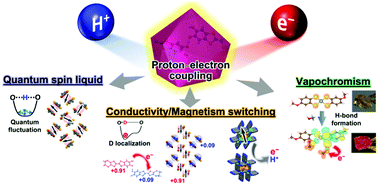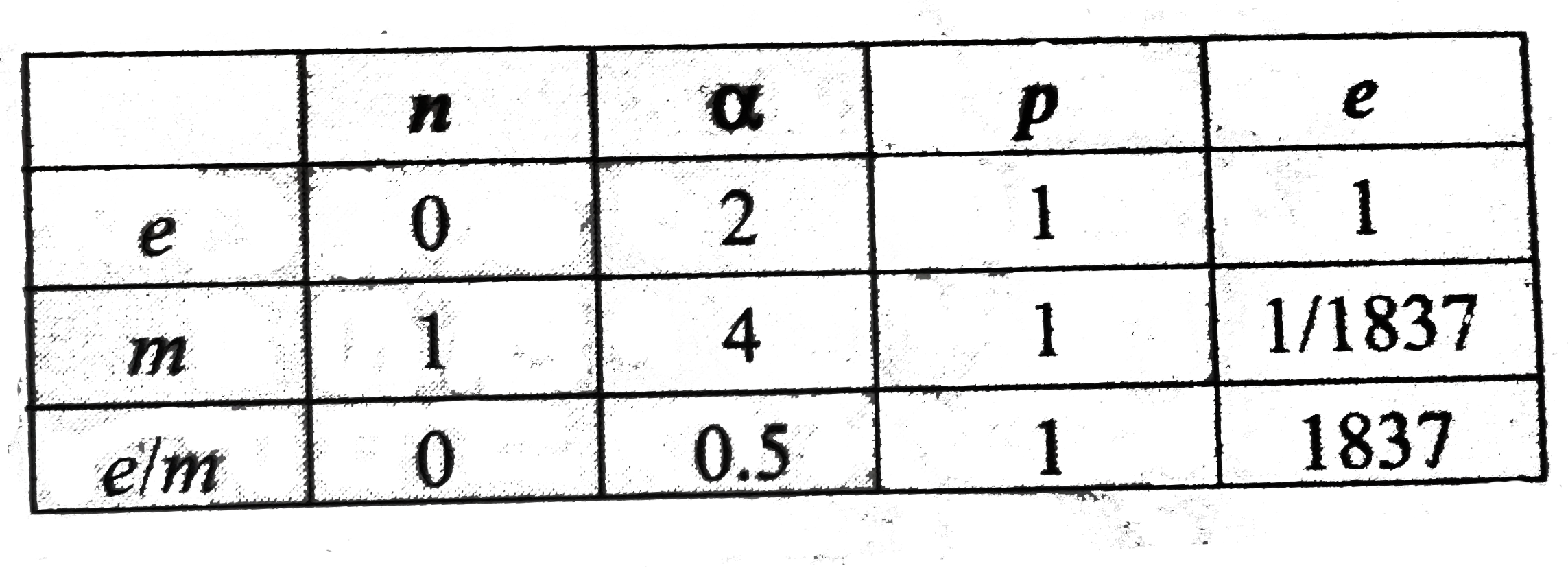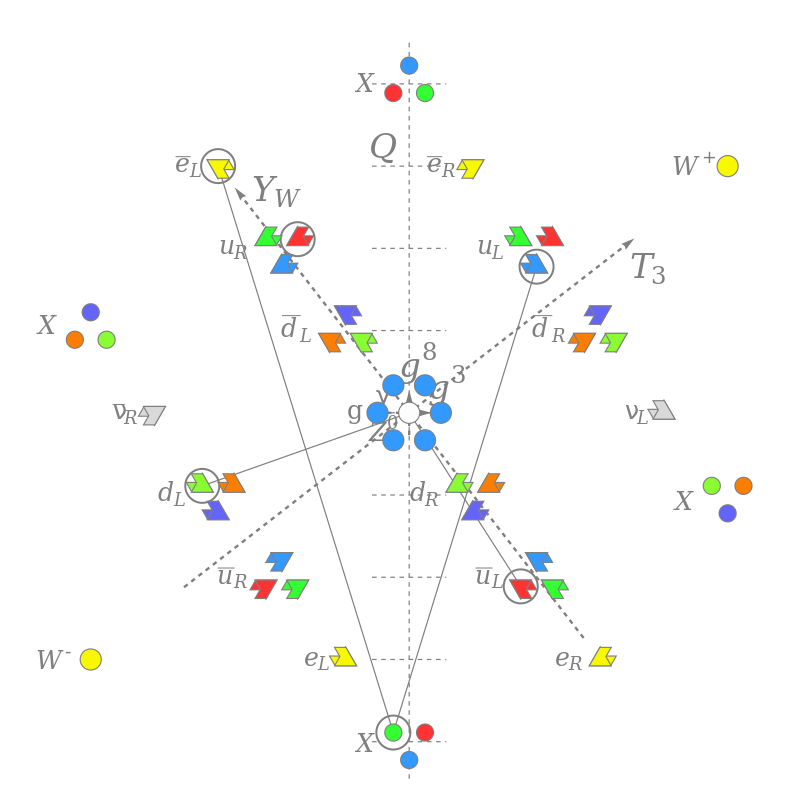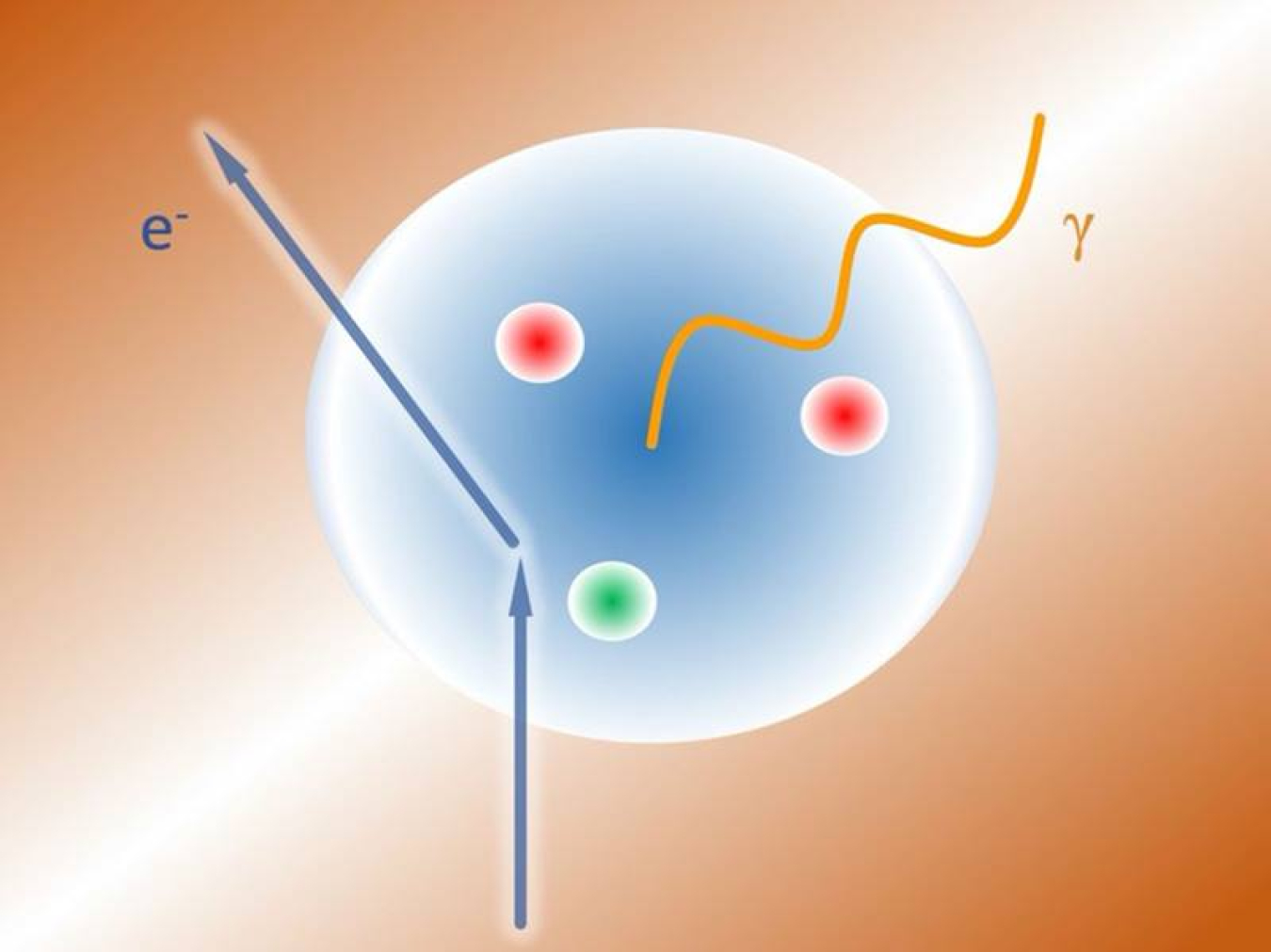
The increasing order of specific charge for electron `(e)` , proton `(p)` , neutron `(n)` and - YouTube

If Ee, Ealpha and Ep represents the kinetic energies of an electron, alpha particle and a proton respectively, each moving with same de Broglie wavelength, then:

Proton–electron-coupled functionalities of conductivity, magnetism, and optical properties in molecular crystals - Chemical Communications (RSC Publishing)

The increasing order of specific charge of electron (e), proton (p), alpha partial (alpha) and neutron (n) is:

इलेक्ट्रॉन प्रोटॉन न्यूट्रान क्या होते हैं विशेषताएँ । Electron Proton Neutron Kya Hain - GK in Hindi | MP GK | GK Quiz| MPPSC | CTET | Online Gk | Hindi Grammar

1. A hydrogen atom composed of an electron (−e) and a proton (+e). The... | Download Scientific Diagram

Increasing order (lowest first) for the values of e/m (charge / mass) for electron (e) , proton (p) , neutron (n) and alpha - particle (alpha) is:
















